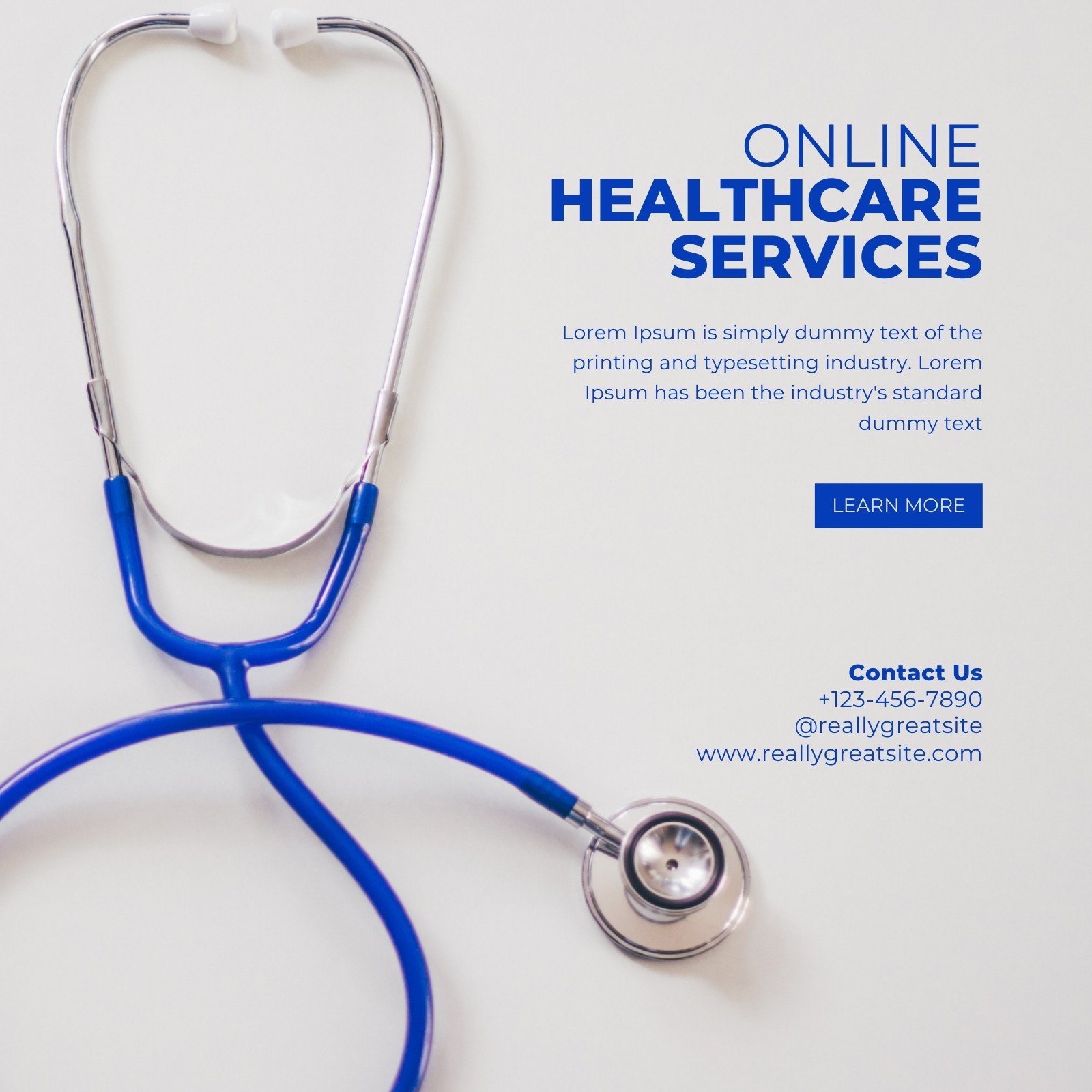Discover the Benefits of Subscription Based Healthcare for Affordable Medical Care
Discover the Benefits of Subscription Based Healthcare for Affordable Medical Care
Blog Article
Comprehending the Cost-Effectiveness of Subscription-Based Medical Care Models
As the health care landscape advances, subscription-based versions become a compelling option, assuring to redefine how individuals handle clinical costs. Reviewing these models' cost-effectiveness demands a nuanced comparison with standard insurance policy, taking into consideration both financial ramifications and individual satisfaction. While they offer transparency and predictability in expenses, concerns stay concerning their capacity to fulfill varied medical care needs, especially for specialized treatments. The perspectives of medical care service providers even more complicate this equation, presenting a multifaceted challenge. What does the future hold for these models, and can they truly deliver on their guarantee of available, affordable treatment?
Summary of Subscription-Based Models
Subscription-based medical care versions, in some cases referred to as straight main care or attendant medication, are increasingly obtaining interest as a potential remedy to ineffectiveness within conventional healthcare systems. These versions operate on the concept of offering individuals direct accessibility to healthcare providers with a month-to-month or yearly fee, bypassing the requirement for conventional insurance devices. This arrangement intends to streamline patient-provider communications by reducing management concerns, which often impede timely and individualized treatment.
At the core of subscription-based models is the focus on a more individualized patient experience. Individuals profit from enhanced accessibility to their medical professionals, typically consisting of same-day or next-day visits, expanded assessment times, and direct interaction networks such as phone or video telephone calls. This model promotes an aggressive approach to healthcare, where companies and people can collaboratively concentrate on preventative care and persistent condition monitoring.

Cost Contrast With Typical Insurance

Among the key economic benefits of membership designs is transparency in expenses. Clients pay a predictable cost, which can streamline budgeting and monetary planning. Additionally, these models commonly eliminate co-pays and deductibles for covered solutions, minimizing out-of-pocket costs. On the other hand, conventional insurance might be extra helpful for individuals needing specialized care or pricey therapies not covered under a membership model, as they profit from the wider coverage network and cost-sharing devices.
Nevertheless, cost-effectiveness is context-dependent. While registration models may offer cost savings for those largely needing main treatment, people with persistent conditions or specialized health care demands might discover typical insurance a lot more thorough. For that reason, examining specific health care demands and possible usage is important in establishing one of the most cost-effective choice for people.
Influence On Patient Complete Satisfaction
Person fulfillment within subscription-based health care models frequently reflects a great post to read substantial enhancement over conventional insurance systems. Unlike typical systems, where individuals might experience hold-ups in getting treatment, subscription-based designs guarantee more straight and timely communications with health care service providers.
In addition, the openness in costs connected with subscription-based health care reduces the usual irritations related to unanticipated fees and intricate billing procedures seen in traditional insurance policy (subscription based healthcare). Clients appreciate understanding the exact economic dedication upfront, leading to boosted count on and self-confidence in their healthcare administration
In addition, the emphasis on preventative treatment and health in subscription designs adds to improved wellness outcomes, even more boosting patient complete satisfaction. By concentrating on recurring health care instead than episodic care, clients experience an even more constant and all natural healthcare journey.
Moreover, the boosted provider-patient relationship fostered in these designs, defined by even more time spent per person and personalized interest, plays a vital duty in boosting patient complete satisfaction levels, as clients feel really cared for and comprehended.
Supplier Experiences and viewpoints
From the copyright's point of view, subscription-based medical care versions supply a transformative strategy to supplying clinical solutions. These versions stress a aggressive and preventative health care method, enabling companies to concentrate on extensive patient treatment without the constraints of traditional fee-for-service setups (subscription based healthcare). This change in focus frequently results in boosted person end results and enhanced service provider satisfaction, as medical care experts can assign more time and sources to individual engagement and customized treatment plans
Moreover, registration versions assist in predictable earnings streams, which improve financial security for health care service providers. This predictability enables enhanced resource preparation and allowance, adding to an extra effective healthcare shipment system. Service providers can spend in personnel innovation, framework, and training improvements, consequently boosting the high quality of treatment used.
Nonetheless, the change to subscription-based versions is not without obstacles. Regardless of these difficulties, many service providers discover that the benefits of enhanced individual interaction and streamlined operations outweigh the initial challenges, making subscription-based models an attractive option.
Future Leads and Difficulties

A primary difficulty is regulatory conformity, as membership versions need to abide by advancing health care plans and insurance coverage needs. This requires continual adaptation and technology to ensure positioning with legal requirements. In addition, integrating these versions right into existing health care frameworks can be complex, needing substantial investments in modern technology and training.
There is also the possible risk of producing injustices in healthcare gain access to, as registration models may prefer those that can manage them, leaving susceptible populaces underserved. Resolving this requires thoughtful consideration of rates strategies and aid devices to ensure inclusivity.
Final Thought
Subscription-based health care designs provide a practical alternative to standard insurance policy by supplying economic predictability and openness, especially benefiting individuals with persistent problems or regular health care needs. The cost-effectiveness of these models is contingent upon specific medical care use patterns and scenarios.
Subscription-based healthcare designs, occasionally referred to as straight main treatment or concierge medicine, are increasingly obtaining focus as a prospective remedy to inefficiencies within typical health care systems. Unlike conventional systems, where patients could experience delays in receiving treatment, subscription-based designs ensure even more prompt and direct communications with health care companies.
These models stress a preventative and proactive health care technique, permitting companies to focus on detailed client treatment without the constraints of typical fee-for-service arrangements. As these versions continue to obtain traction, they supply the potential to change client accessibility to care, streamline solution resource distribution, and optimize health care spending.Subscription-based health care versions present a feasible alternative to conventional insurance policy by providing economic predictability and openness, particularly profiting people with chronic conditions or regular medical care needs.
Report this page